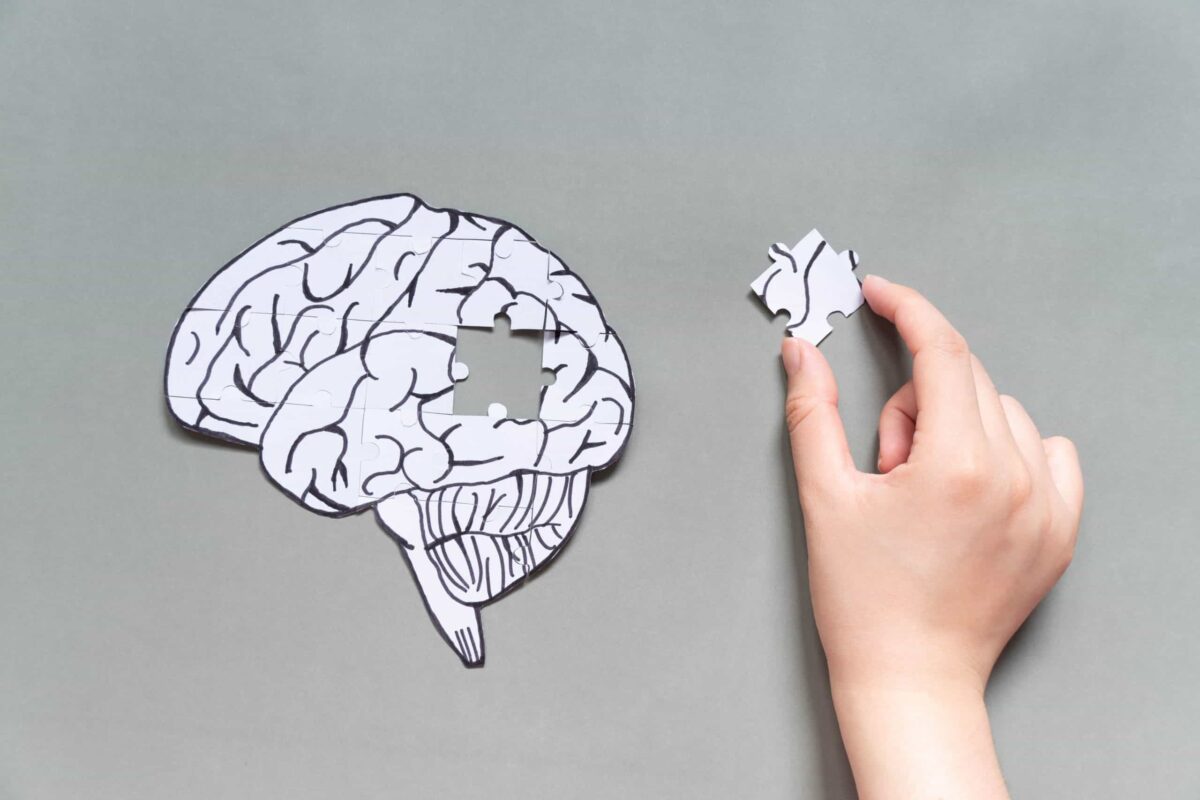“Understanding Borderline Personality Disorder (BPD): Symptoms, Causes, Treatment & More”
Borderline Personality Disorder (BPD) presents a complex landscape of emotional instability, impacting how individuals perceive themselves and interact with others. Characterized by intense mood swings, fears of abandonment, and impulsive behaviors, BPD can profoundly affect daily life and relationships. Understanding the underlying causes, such as genetic predisposition, early-life trauma, and neurobiological factors, is crucial for effective diagnosis and treatment planning. This comprehensive guide explores these facets in detail, offering insights into evidence-based therapies like Dialectical Behavior Therapy (DBT) and Cognitive Behavioral Therapy (CBT), as well as strategies for managing co-occurring conditions. By enhancing awareness and empathy, we aim to empower individuals affected by BPD and promote supportive communities that foster recovery and well-being.

